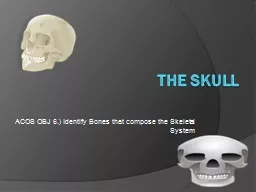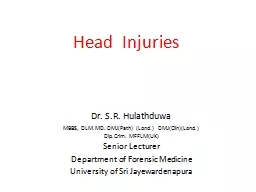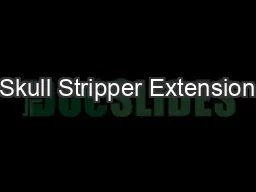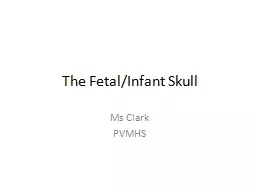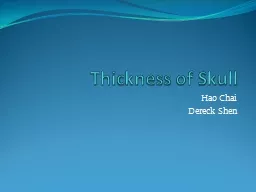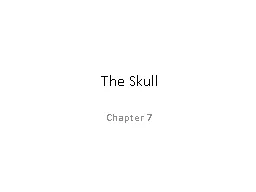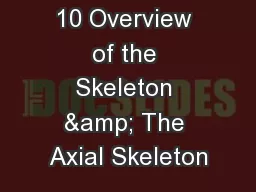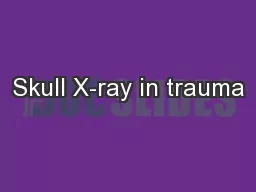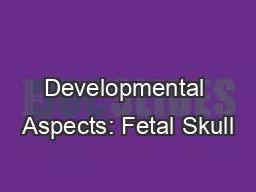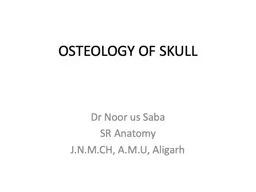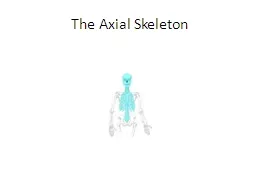PPT-The Skull
Author : tawny-fly | Published Date : 2016-09-06
ACOS OBJ 6 Identify Bones that compose the Skeletal System Introduction The skull is made up of 22 bones total 8 Cranial Bones 13 Facial Bones The Mandible The
Presentation Embed Code
Download Presentation
Download Presentation The PPT/PDF document "The Skull" is the property of its rightful owner. Permission is granted to download and print the materials on this website for personal, non-commercial use only, and to display it on your personal computer provided you do not modify the materials and that you retain all copyright notices contained in the materials. By downloading content from our website, you accept the terms of this agreement.
The Skull: Transcript
Download Rules Of Document
"The Skull"The content belongs to its owner. You may download and print it for personal use, without modification, and keep all copyright notices. By downloading, you agree to these terms.
Related Documents

